Back To The Future… in Van Cleef & Arpels Natural Diamonds
Van Cleef & Arpels looks to their remarkably modern history for a vision of the Maison’s future in a brand new book and accompanying exhibition.
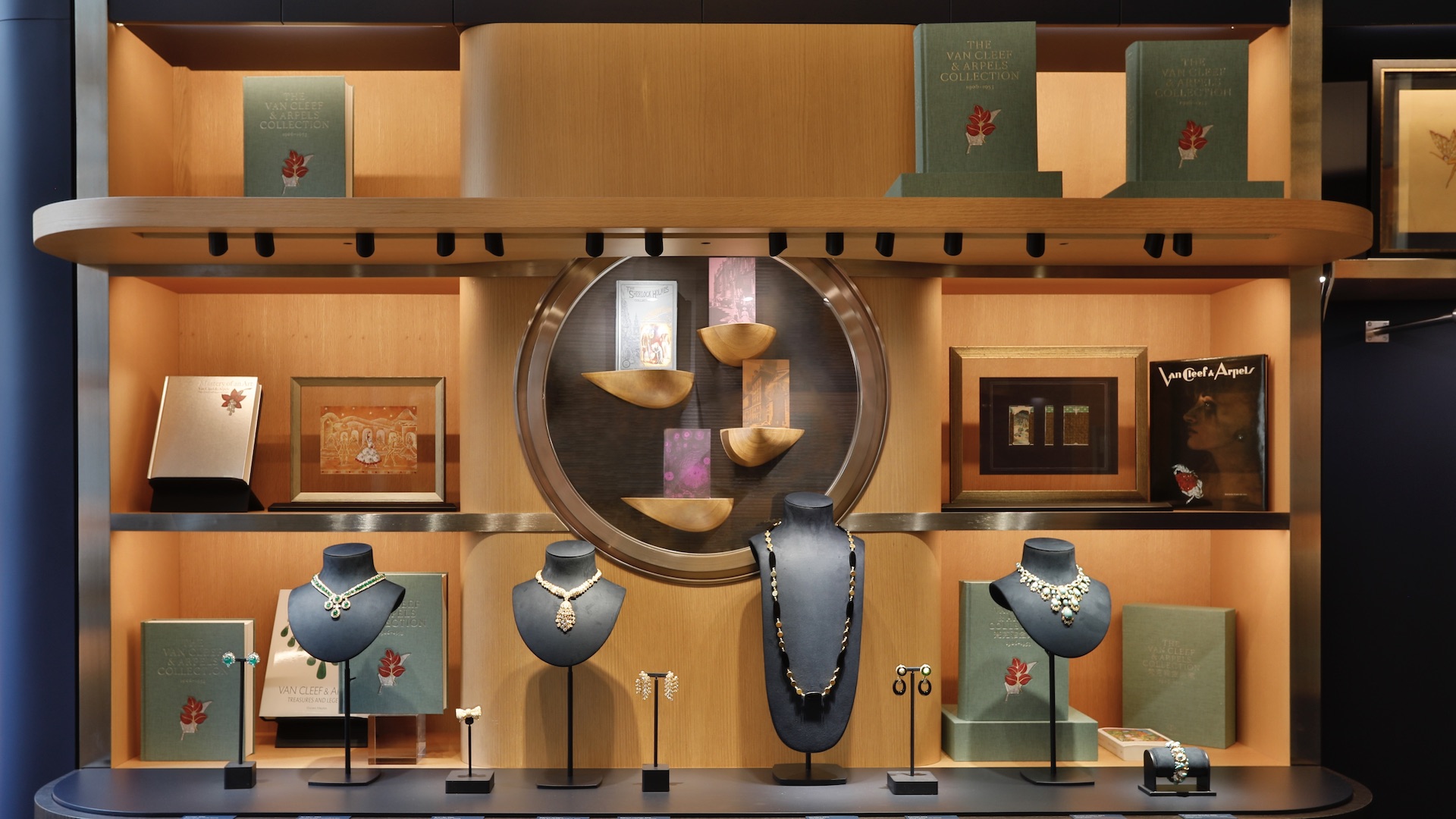

Over more than a century, Van Cleef & Arpels has reflected cultural mores and in many cases, set the trends for how we wear jewelry. Few houses can claim the brand recognition of so many iconic collections: Alhambra, Frivole, Perlée, the list goes on. Yet, the Maison’s strength lies in its ingenuity. The technical feats significant in current collections hearken back to pieces designed in its first years. It should be no surprise that before the house was 20 years old, Van Cleef & Arpels won the Grand Prix for jewelry in 1924 at the International Exhibition of Decorative and Industrial Arts in Paris. The event marked the advent of the Art Deco movement and proclaimed jewelry at the center of its expression.
The house has long known the importance of these historical pieces and has quietly and methodically amassed an assemblage of over 2,700 pieces. The first volume in a set of two new books dedicated to the origin story of the house has just been published by Atelier EXB and is entitled The Van Cleef & Arpels Collection (1906-1953). The tome comprises 700 pieces, which reflect the best examples of the Maison’s savoir-faire, and is written by Van Cleef and Arpels’ art historian. Alexandrine Maviel-Sonet, Van Cleef & Arpels’ Patrimony and Exhibitions Director sat down with Only Natural Diamonds at the opening of an exhibit staged during Paris Haute Couture in June at the Hôtel de Mercy-Argenteau. The jeweler will be presenting a museum-style retrospective with different period rooms comprising archival pieces. The 18th-century converted hotel particulier is the new home of L’Ecole, the School of Jewelry Arts supported by Van Cleef & Arpels to share the world of jewelry. Fittingly, we met in the refurbished and extensive library.
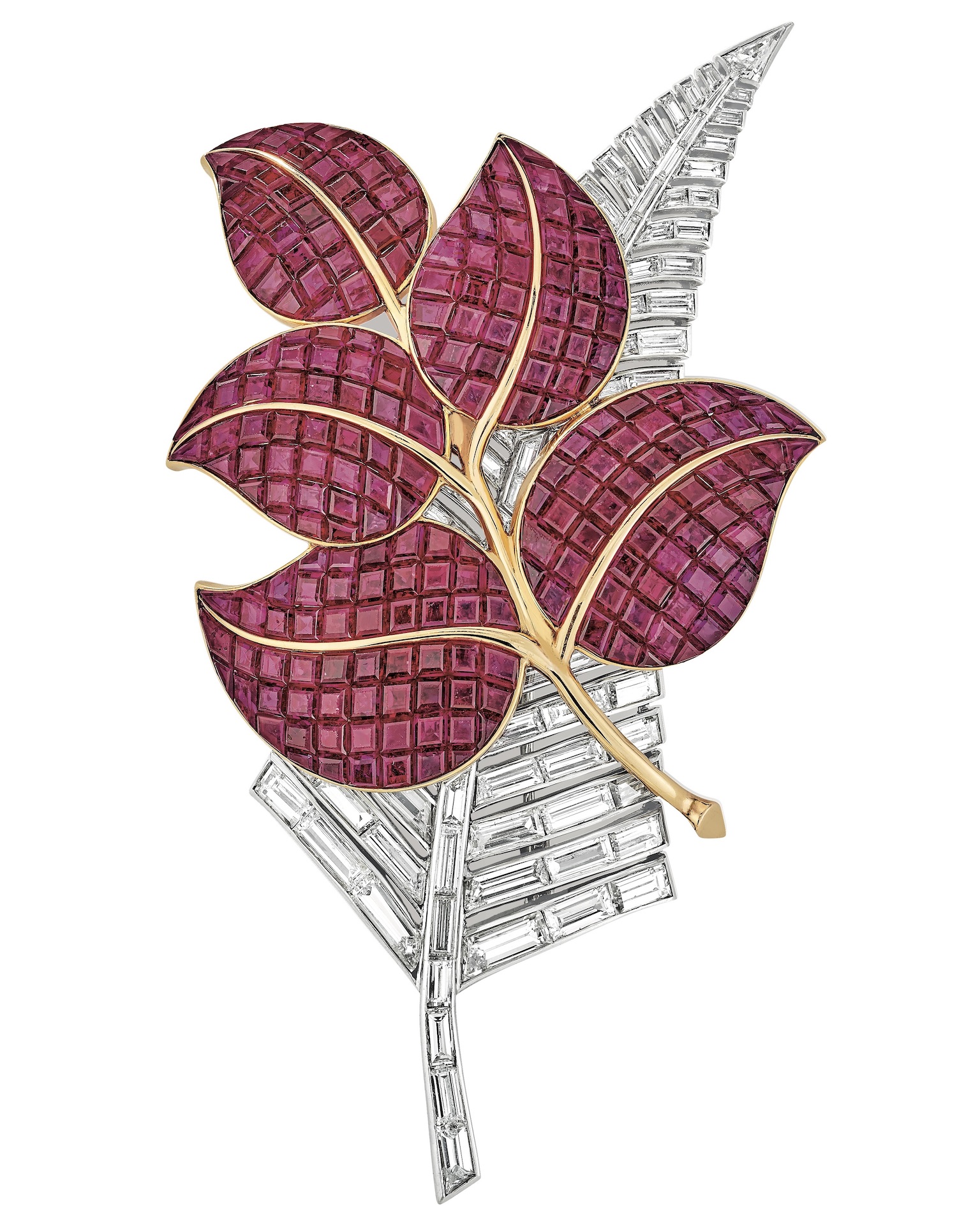
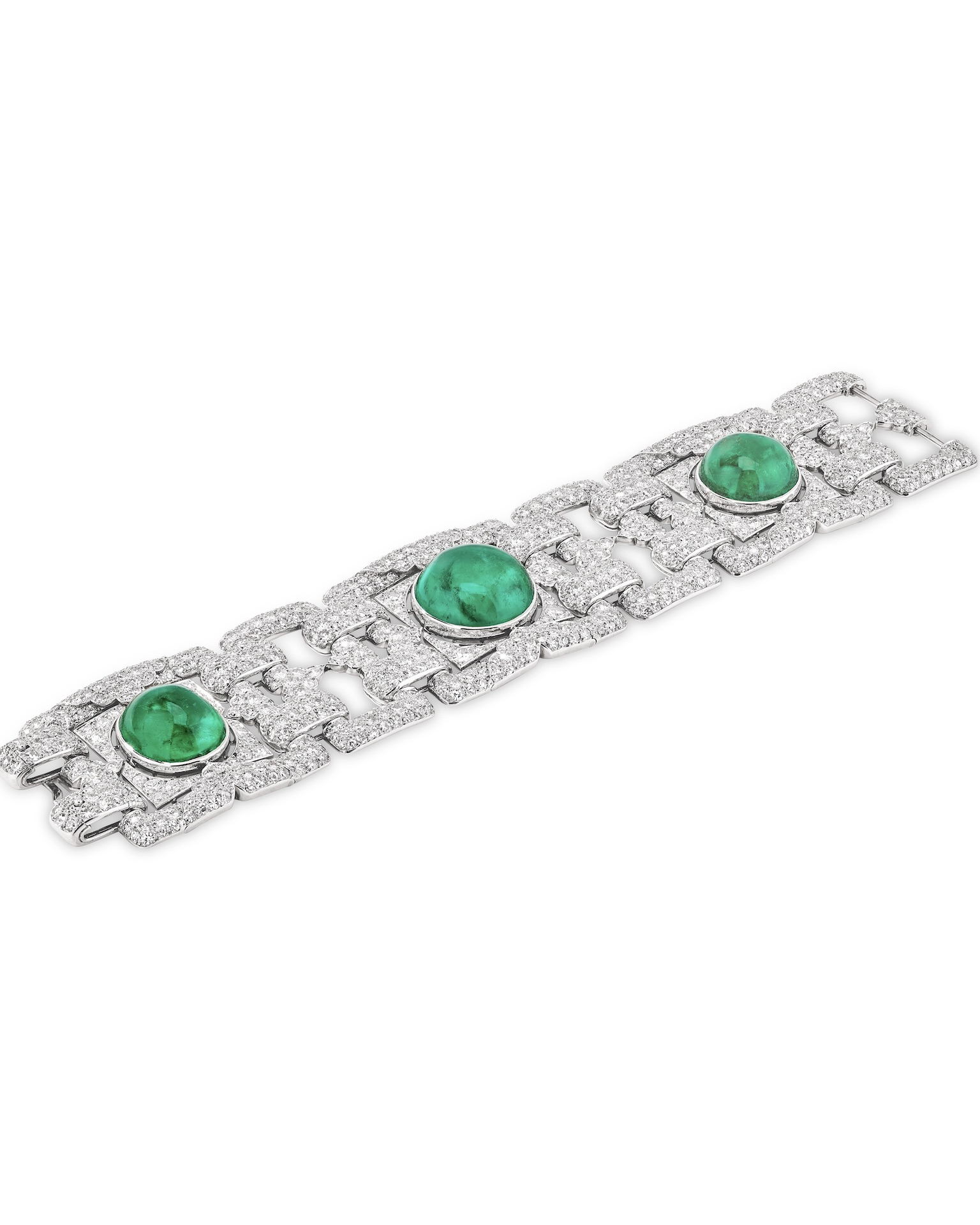
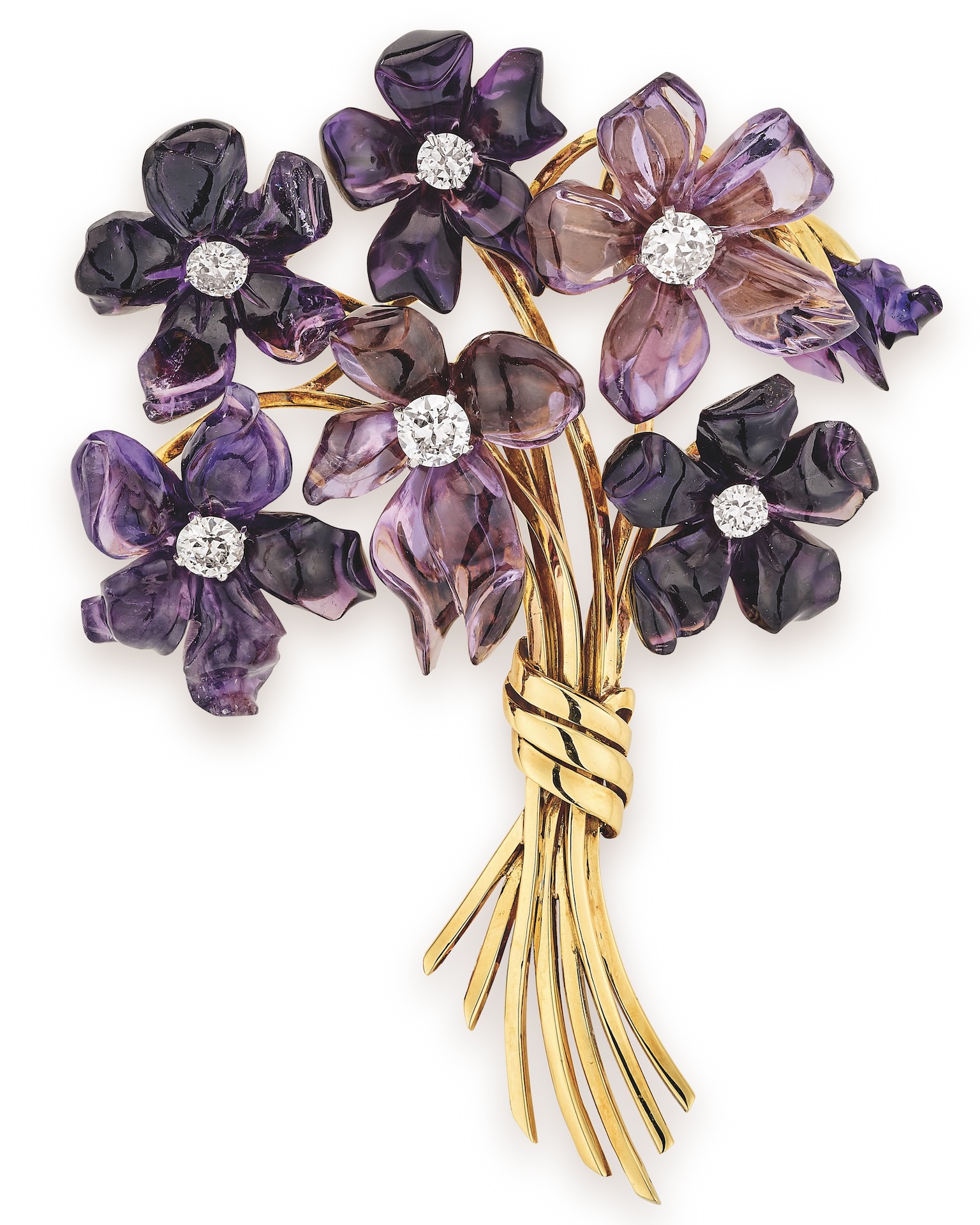
OND: Why do you think that maintaining an accurate history of a brand is important?
Maviel-Sonet: The Maison is older than 120 years and we have a collection of more than 2,700 pieces in our archive. So, we’ve been able to do a real study of the collection and understand the whole mystery of the Maison. We investigated and spent time in our libraries to dig into the collection and understand why a specific model was made during a certain period.
And why is it important to explain the Maison’s history? I think it’s to understand our creations. We’ve divided the book and the exhibition into three chapters. We understand the development of the art and the creations through a chronological path. The first period, from 1906 to 1925, we call Creative Bloom. It’s the very beginning of the Maison. We see inspiration from foreign influences, such as Egypt with the 1922 Egyptian-mania as well as Asia.
This explains a creation from 1924: the bracelet au rose, with red and white roses made with white diamonds and other precious gemstones. We end the chapter with this piece because of its recognition at the international fair in 1925, in Paris. This piece, among others, won the prize for best jewelry.
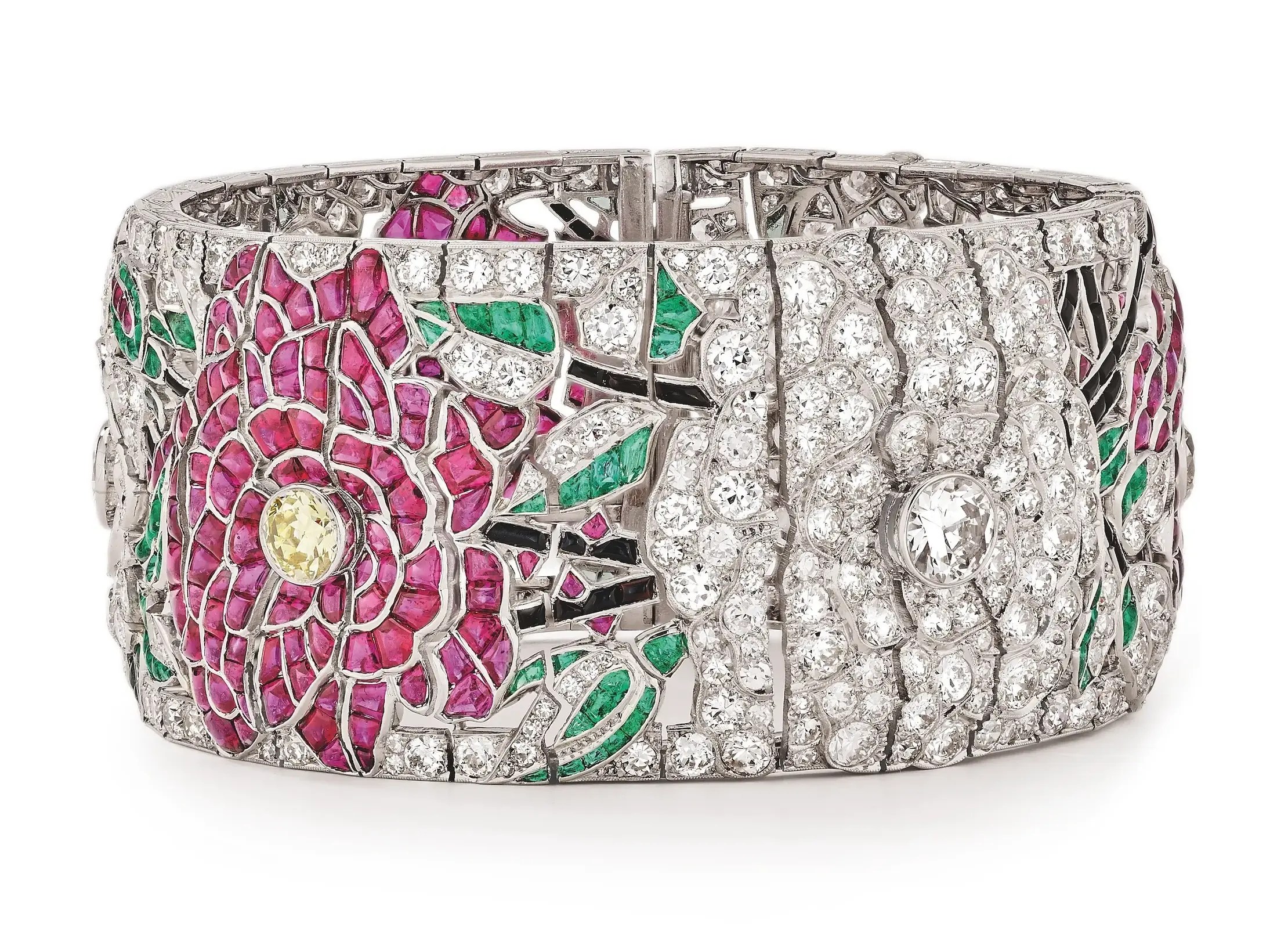
Then, we open the second chapter from 1926 to 1937. Co-founder Alfred Van Cleef’s daughter, Renée Puissant took over the studio. We didn’t call her it at the time, but she was the creative director. This period has all the signatures of the Maison: The Minaudière, patented in 1933, the Mystery Setting in 1933, and all these amazing creations. You can see all of this inspiration in our contemporary creations today.
It’s amazing to see how from 1926 to 1934 everything feels timeless. We even included dresses in the exhibition including a black Vionnet dress. They are completely timeless; you could wear them today.
That’s why it’s interesting to show the archive. We have this peony from the very beginning that was a corsage being imagined. We finally decided to make it shorter with only two pieces. As the Maison developed, the way we transform pieces became a signature. The brooch could be worn as a pair or separately. But what we present today is only one piece, as we were only able to find one part of the brooch.
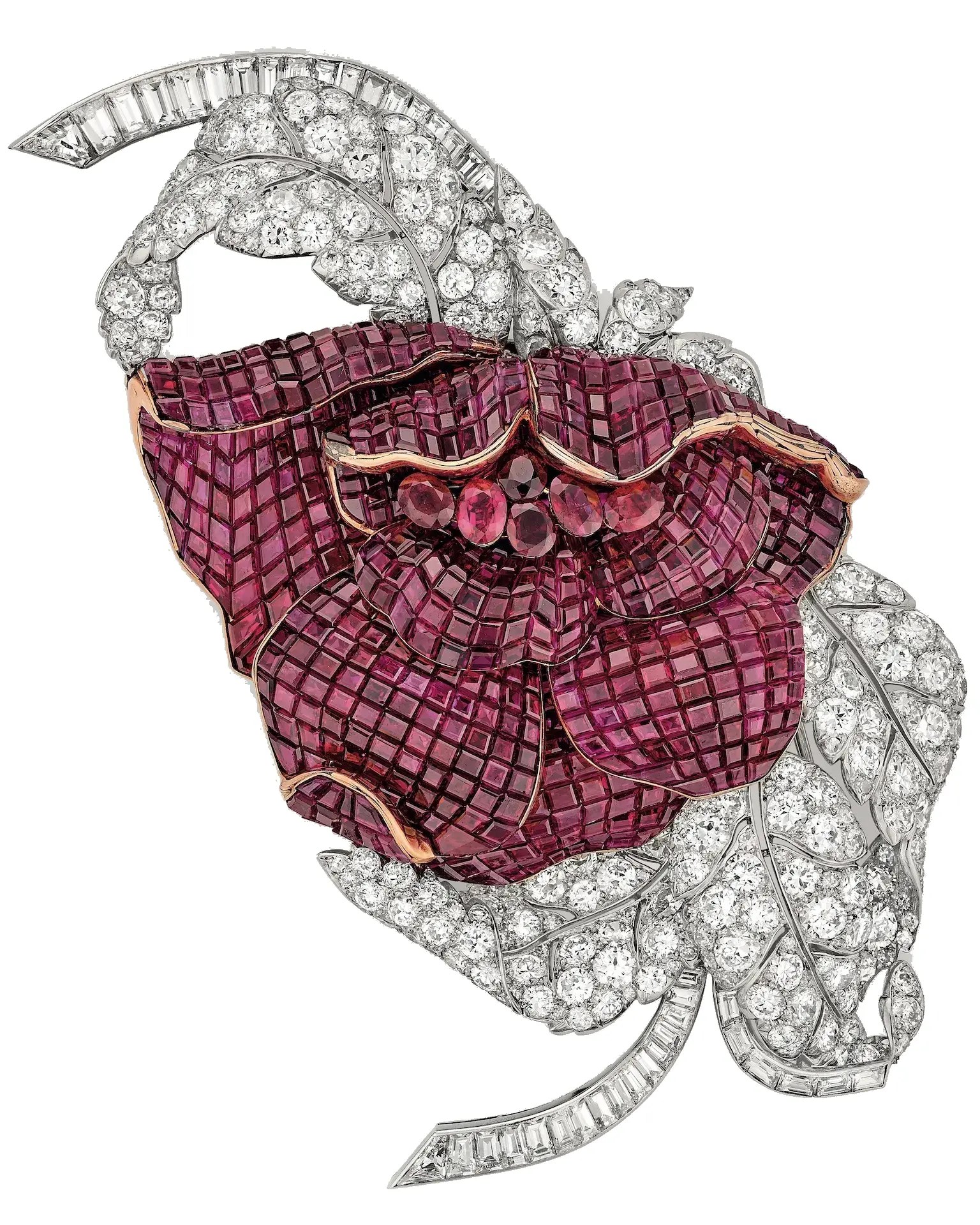
OND: Oh really? Where is the other peony?
Maviel-Sonet: We don’t know. [laughter] If you find it, call us. In 1936, everyone was amazed by the power of the Maison’s technique and ability to make such pieces. You will see how it looks like real velvet. You really think it’s a flower. You want to touch it.
Then we started on our way to the U.S. in 1938. At the end of the thirties in Europe, people began to move to the U.S., impressed by the creativity and the freedom.
You see, it’s a love affair, the way we present this piece of jewelry and its accompanying drawing in the exhibition. The Passe-Partout was made to represent the Maison at the New York World’s Fair in 1939. It is a signature piece because you can [wear] it in many ways. You can wear it as a necklace, you can turn it around your wrist as a bracelet, or around your waist, as a belt.
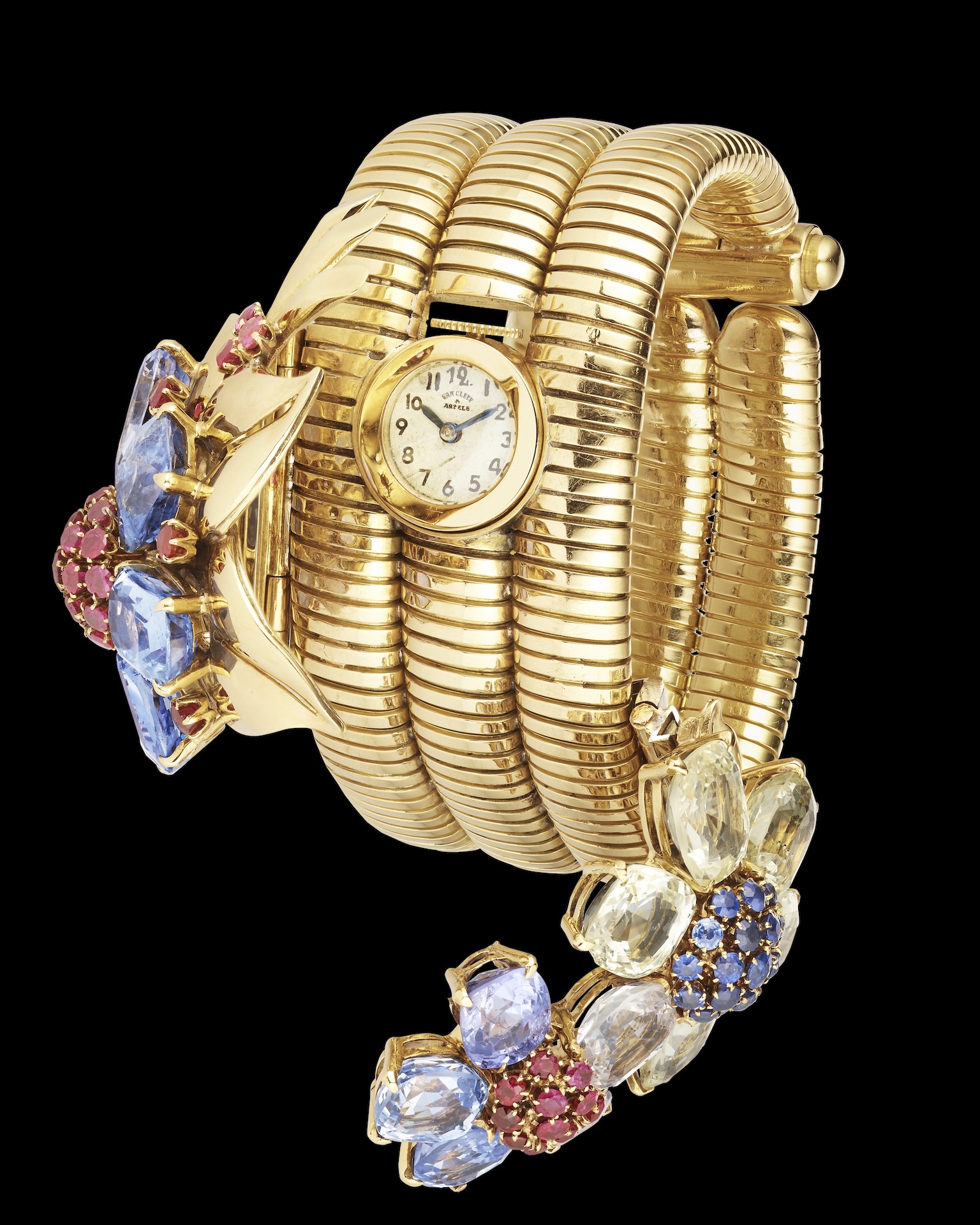
The exhibition ends in 1953. In 1954, we started La Boutique in Paris for our more repetitive creations. After the war, in the early fifties, more people began wearing jewelry again. We don’t only create stunning one-of-a-kind pieces meant to be worn by one person, we have creations that we can repeat.
OND: It’s a democratization of jewelry.
Maviel-Sonet: Exactly, at the end of this period you have jewelry that you can easily wear.
OND: Are there other specific ways that looking back at historical pieces affects the way that Van Cleef looks forward?
Maviel-Sonet: Actually, there are. We work with the studio when they want to start a collection. They have a topic they are thinking about for the collection, and they call us. We provide them with the archives and the drawings. You understand things through the archives. They are very detailed, and they inspire the collection.
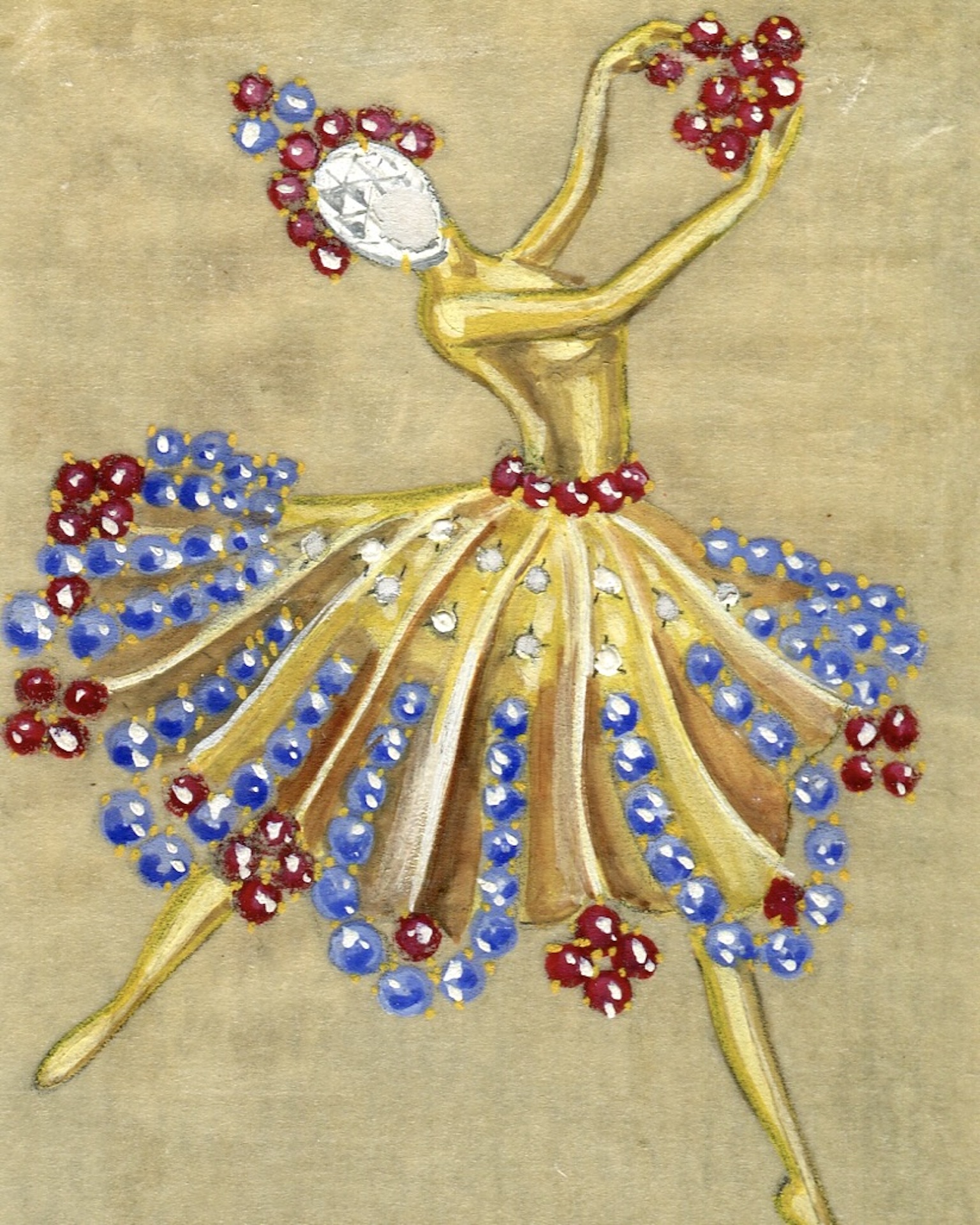
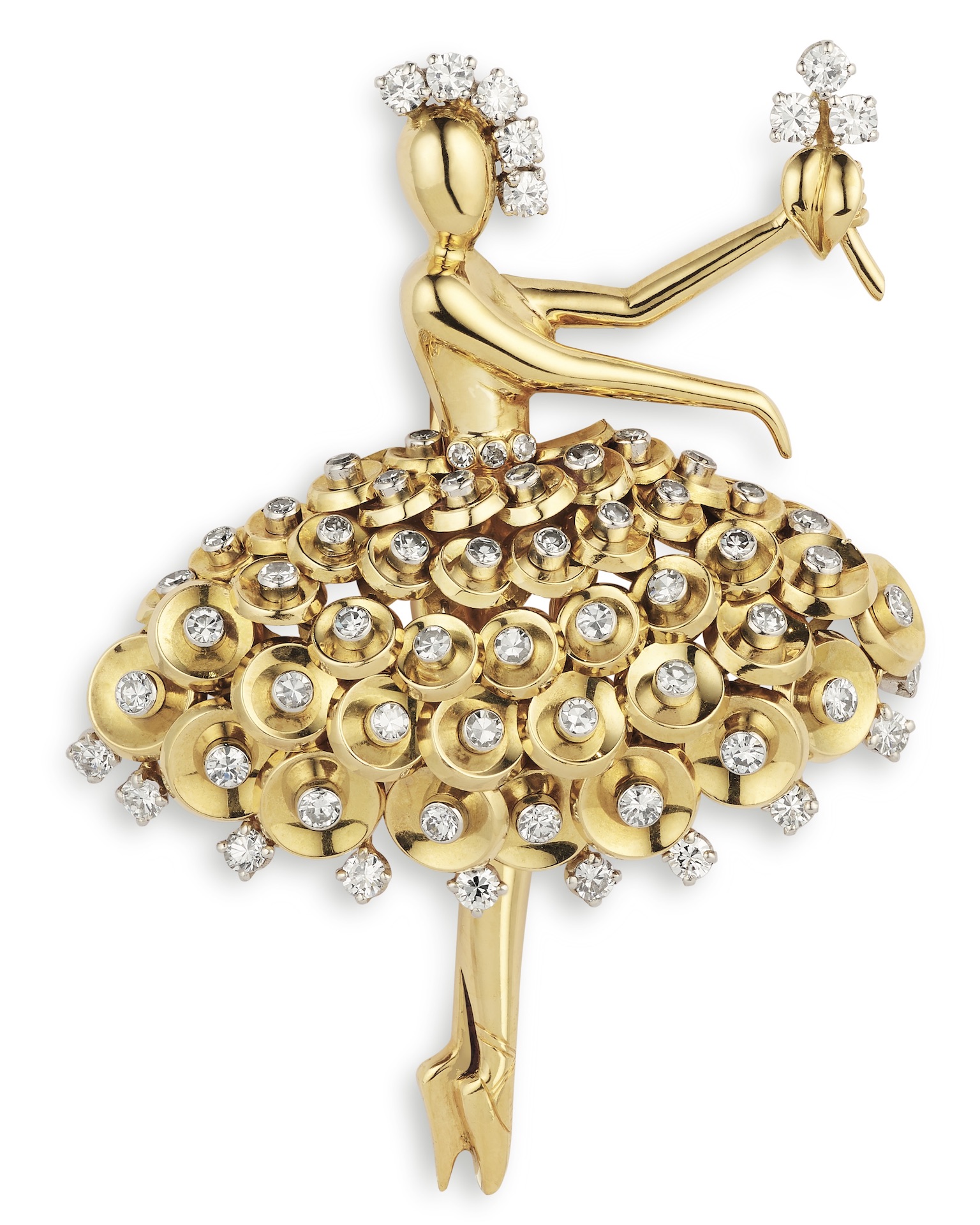
OND: As the head of Patrimony, you must be very scientific in the way that you begin. What scientific methods did you employ in starting this project?
Maviel-Sonet: For the catalog and the exhibition, it’s the same way of making it except with fewer pieces. We only have 72 pieces in the exhibition, and about 700 in the catalog. So basically, we had to select 10 percent to show.
The way we wanted to present it is to make the audience understand the piece and its conception at the specific time. In the first room of the exhibition, we have furniture and dresses from the same period that give it life. You can imagine being in an apartment and writing a note, and then wearing your jewels and going out to a party. But the scientific way is also to understand the period. These pieces were made during the Art Deco period. We understand the link between the jewels, the furniture, and the dress and we see that there is a creative period that is consistent.
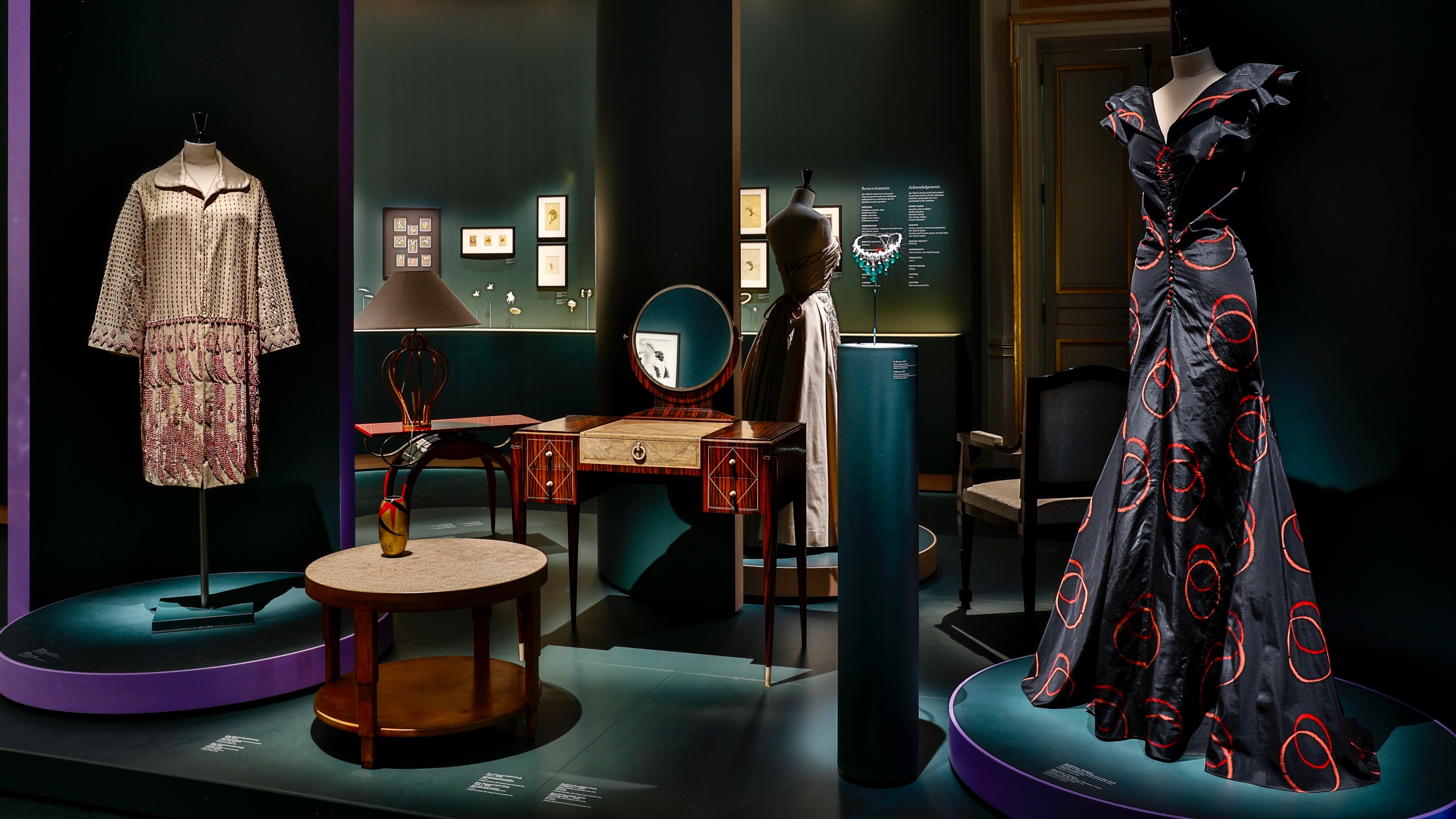
OND: I’m wondering what characteristics define a piece worthy of the exhibition or of the book.
Maviel-Sonet: It’s difficult to choose. We wanted to highlight the signature pieces, the ones that make you understand the creation behind it and where the inspiration came from. The Passe-Partout, the Mystery Setting, and the Minaudière are must-sees of course that we cannot avoid. Reducing the selection was even more difficult. We selected the pieces recognized in their time by several exhibitions and the international fair. The Rose Bracelet, 1925, the Mystery Set, 1937 and then we end with the La Boutique creation, and we only show one because we have several being developed in the next edition.
OND: Is there a piece that you were sad not to include in the book or the exhibition?
Maviel-Sonet: I want to answer that but, I can’t. [laughter] No, because we are enriching the collection every day. And of course, at a certain stage, we have to stop, we cannot change again or add any new pieces. But we developed a digital catalog. So, the pieces that I was not able to put in the book, are now in the digital collection and they will be available in July.
